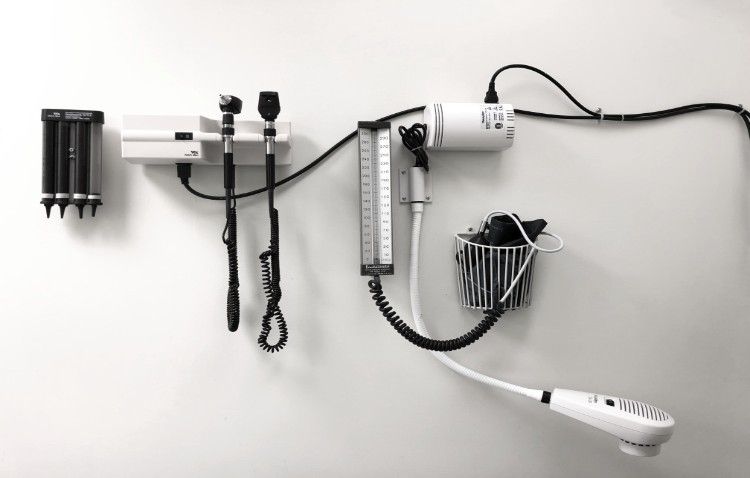
How To Build Healthcare Systems for the Future
What mainstream business or product has stayed exactly the same since its creation?
Times change, people change, our needs as a culture change.
Change is undoubtedly hard, especially for the field of medicine which has changed very little over the past several decades.
There is a dire need for disruptive innovation in primary care as well as a reduction in healthcare costs. Patient-centered medical homes (PCMH) have the potential to accomplish these needs and more.
The hope of this new approach is to redirect patients from emergency rooms and hospitals to primary care offices, keep patients healthier and make primary care an attractive field for medical students to pursue.
Within a PCMH, a primary care physician leads his team of professionals who take more responsibility in providing care for a panel of patients. No longer do physicians solely handle patients; nurses are much more involved in the process of providing care, maintaining wellness, and patient education.
A cultural shift is most evident when physicians have to retrain themselves how to function within their office setting; they absolutely must learn to delegate certain aspects of care for their patients to nurses and medical assistants to meet the coming demand and improve outcomes.
Transforming a practice into a medical home does not have a one-size fits all price tag. For some it may include hiring new staff, temporary loss of productivity, purchasing an EHR system, etc.
Further upfront costs may include scheduling more office visits, improving patient adherence to prescription regimens and ordering more tests to ensure chronic conditions are maintained. However, all of this is done to ensure that those patients who may be at risk for a heart attack or some other life-threatening condition is closely monitored and treated, thus their care will be cheaper by detecting such conditions early. Protecting wellness and maintaining health are much cheaper than treating disease.
As many skeptics are quick to point out, it is difficult to measure PCMH’s cost-effectiveness. Though it may not generate short-term savings, over and over you hear stories about physicians falling in love with medicine again, greater adherence to prescription regimens, increased use of generic drugs, fewer hospital admissions, and less use of skilled-nursing facilities. It is inevitable as patients see their physician, costs will come down and health will improve.
Utilizing a patient-centered medical home aligns primary care physicians, specialists and hospitals to work together to optimize treatment rather than be in competition with one another.
Undeniably challenges lie ahead, but patient-centered medical homes are the way to building healthcare systems for the future.